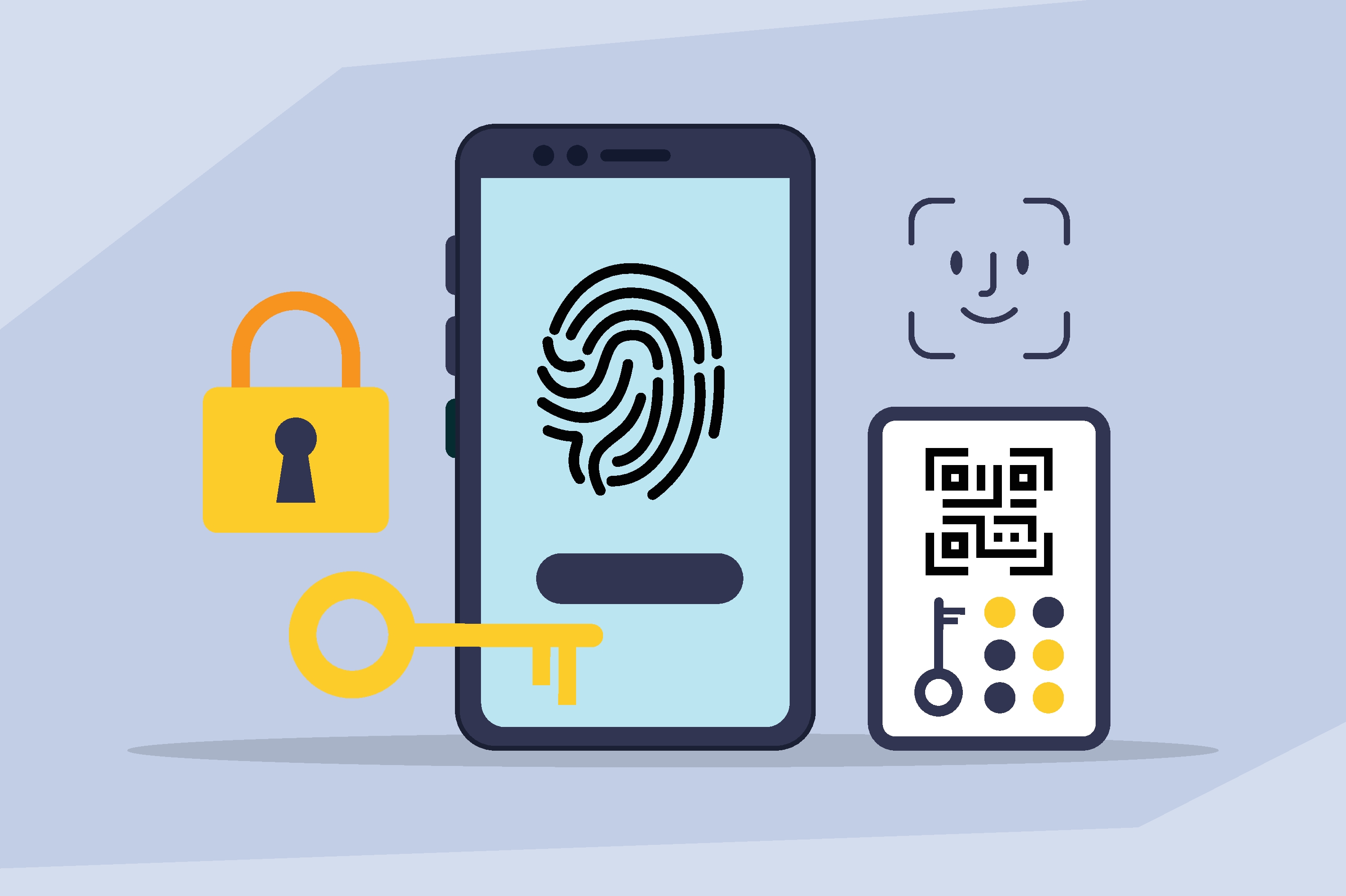3 Ways Companies Can Cut Call Center Wait Times Dramatically


The longer your customers have to wait in your call center, the worse their customer experience is going to be. At the same time, long identity verification processes rack up opex (~$3.60 per call). This means that your pass rate (the percentage of your customers that can be greenlighted or ‘passed’ without friction) could mean the difference between boosting a customer’s satisfaction and losing them to a competitor. The big question is which technologies to invest in to ensure that your customers are able to get through to you quickly and with the best customer experience.
It is well established that through ANI matching, customers’ identities can be verified and matched with the appropriate record before being routed to the right teams. This process can be spotty at best, primarily because some records may be missing phone numbers, and ANI match rates can be affected. But when done well, ANI matching can reduce call handle times significantly by reducing the need for a customer to answer KBA/security questions, and in many cases, can contain that customer in the IVR so that they can self-service and avoid speaking with a human agent completely.
If increasing your ANI match rate in order to decrease your call wait times is a priority for your company, here are 3 best practices for the call center when it comes to reducing your call wait times:
- Have additional authoritative sources that help augment or fill in missing gaps in your customer records so that you don’t force them to go through extra steps to verify who they are.
- Have a mindset of reducing opex without sacrificing the customer experience: this means placing technology in the experience prior to an agent ever picking the phone to ensure that you have the proper information to match a customer and give them an enhanced experience. By reducing security questions, you can also reduce call wait times, and the amount of time that a human agent needs to spend speaking with a customer – which, in turn, cuts opex (approximately $3.60 per call).
- Understand your industry and your customers. Whether you’re a Tier-1 bank or financial institution, a telehealth service, or any company that utilizes customer service channels to interact with customers in large volumes, it helps to think from the customer’s perspective. They have the choice to pick any phone number to call in from – whether it is their mobile phone or their landline. You need to be prepared to offer them the same experience with either phone number. Complete data sources that ensure as much coverage as possible will enable them to pass through your system with the highest pass rate possible.
Think: Thorough, complete, accurate: the three pillars of ANI matching. Does your call center experience employ these best practices to reduce call wait times?
Click here for more information on our Exact Number solution that cuts call wait times with minimal IT resources needed.

Keep reading
 Read the article: The Death of the OTP: Why Legacy MFA is Failing the Modern Consumer
Read the article: The Death of the OTP: Why Legacy MFA is Failing the Modern ConsumerDiscover why legacy MFA is failing and how Prove Unified Authentication provides a smarter, frictionless alternative. Learn how to replace insecure SMS OTPs with continuous, multi-layered identity assurance that prevents fraud while boosting conversion rates.
 Read the article: Prove Launches ProveX℠, the Internet’s First Digital Trust Exchange
Read the article: Prove Launches ProveX℠, the Internet’s First Digital Trust ExchangeProve launches ProveX, ProveX, a new digital trust exchange that enables enterprises to instantly access verified data and credentials from partners, while preserving trust through every interaction
 Read the article: Beyond the OTP: Why SMS-Based 2FA Is Failing and What Comes Next
Read the article: Beyond the OTP: Why SMS-Based 2FA Is Failing and What Comes NextExplore the classic conflict between security measures and user friction.












